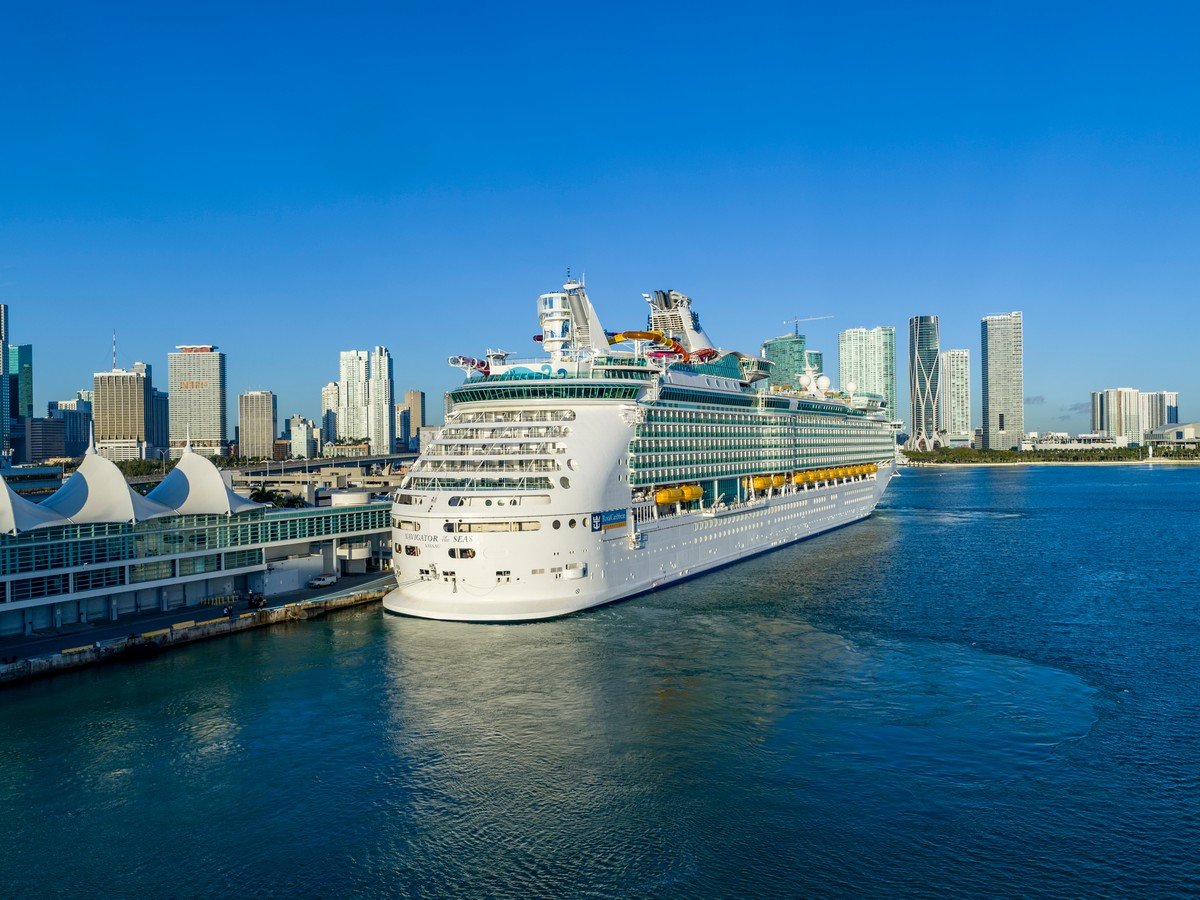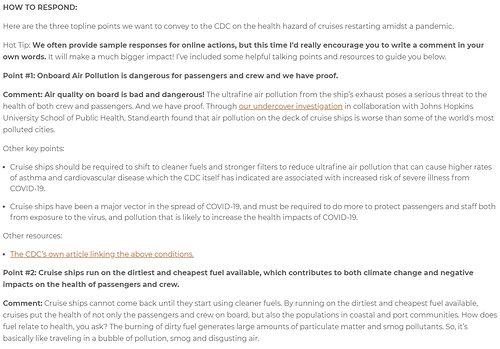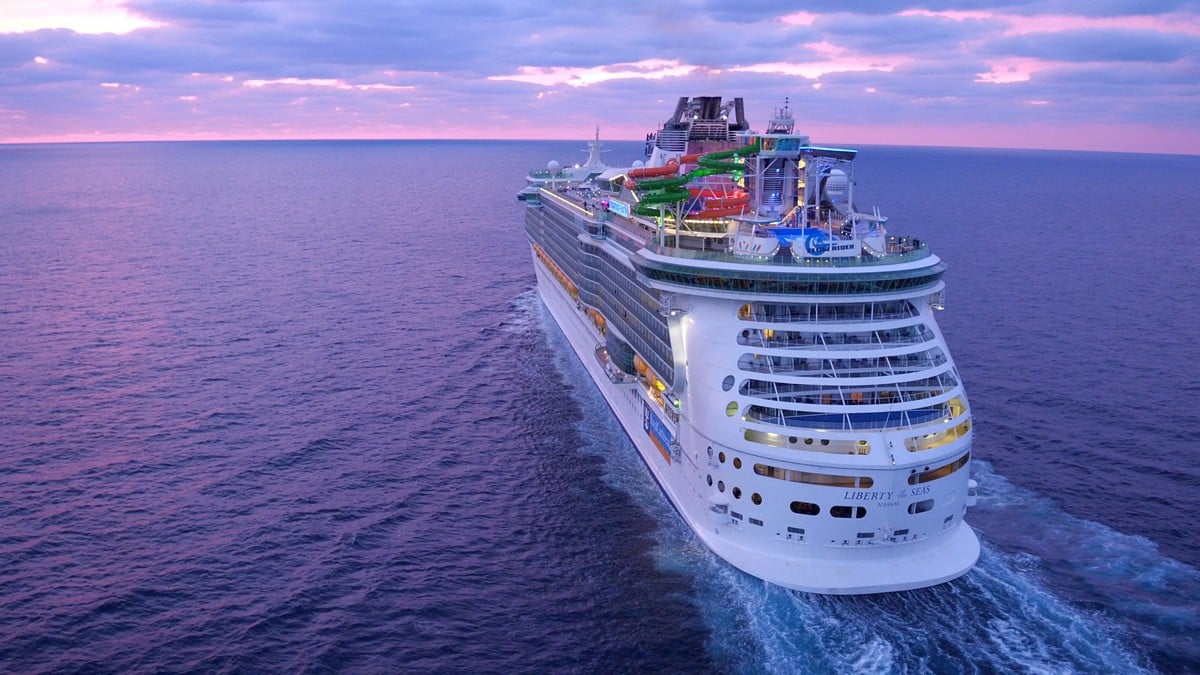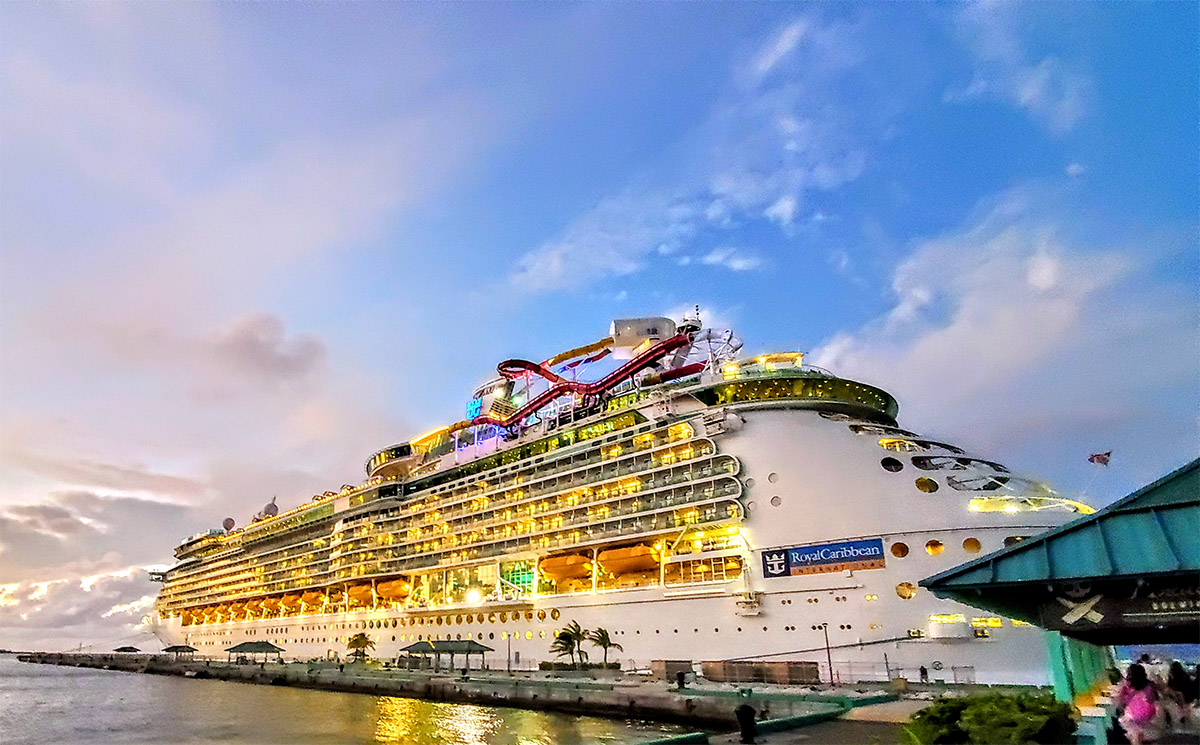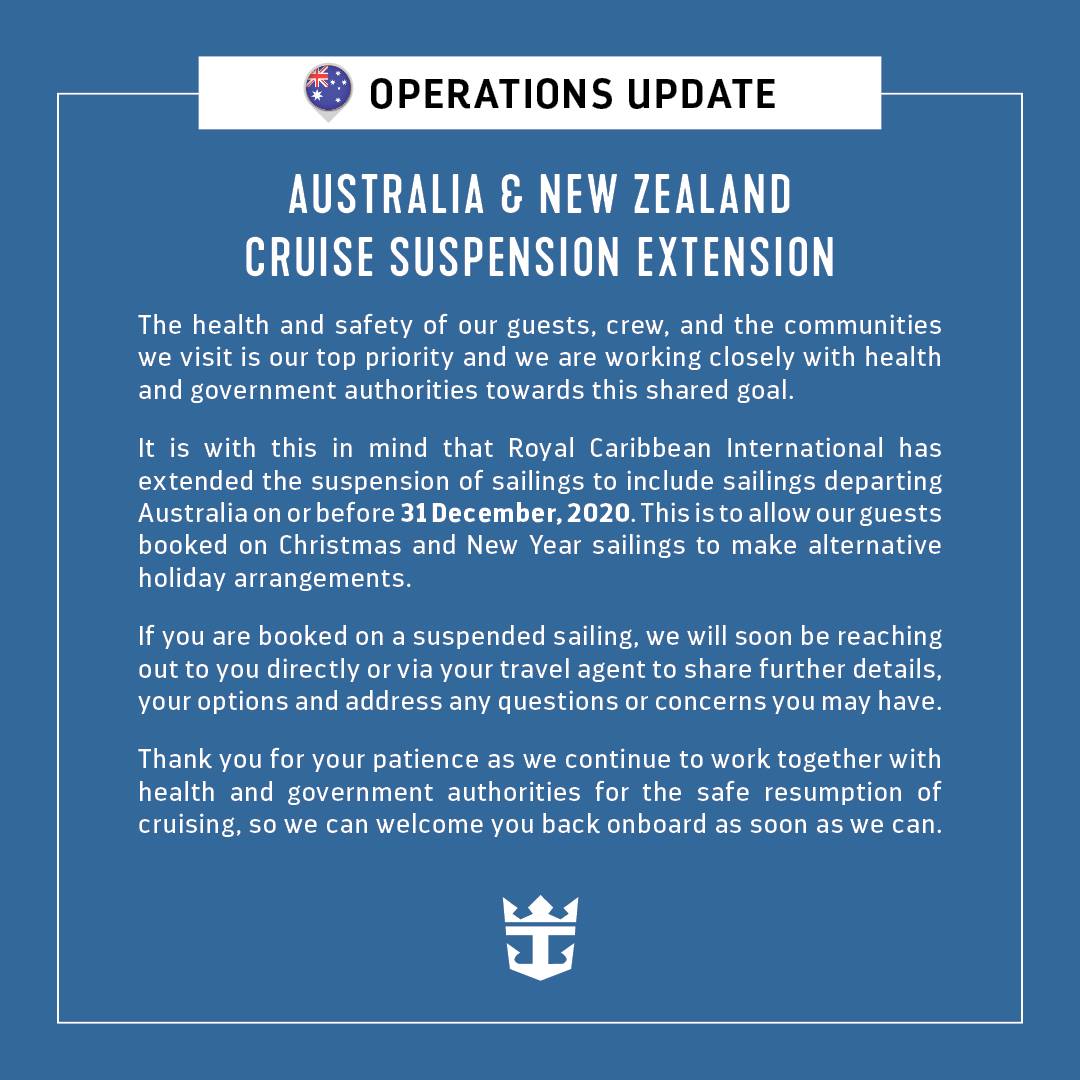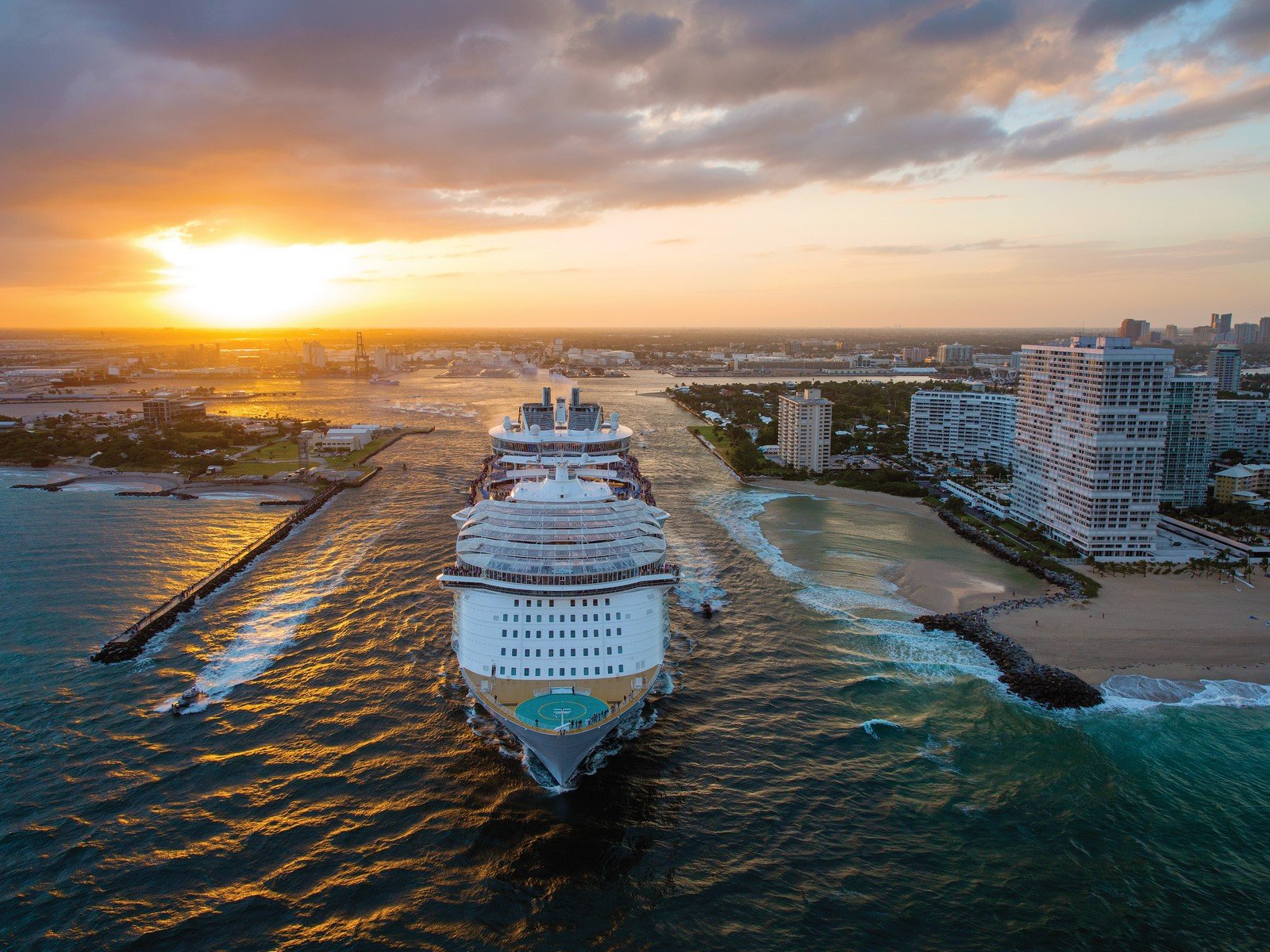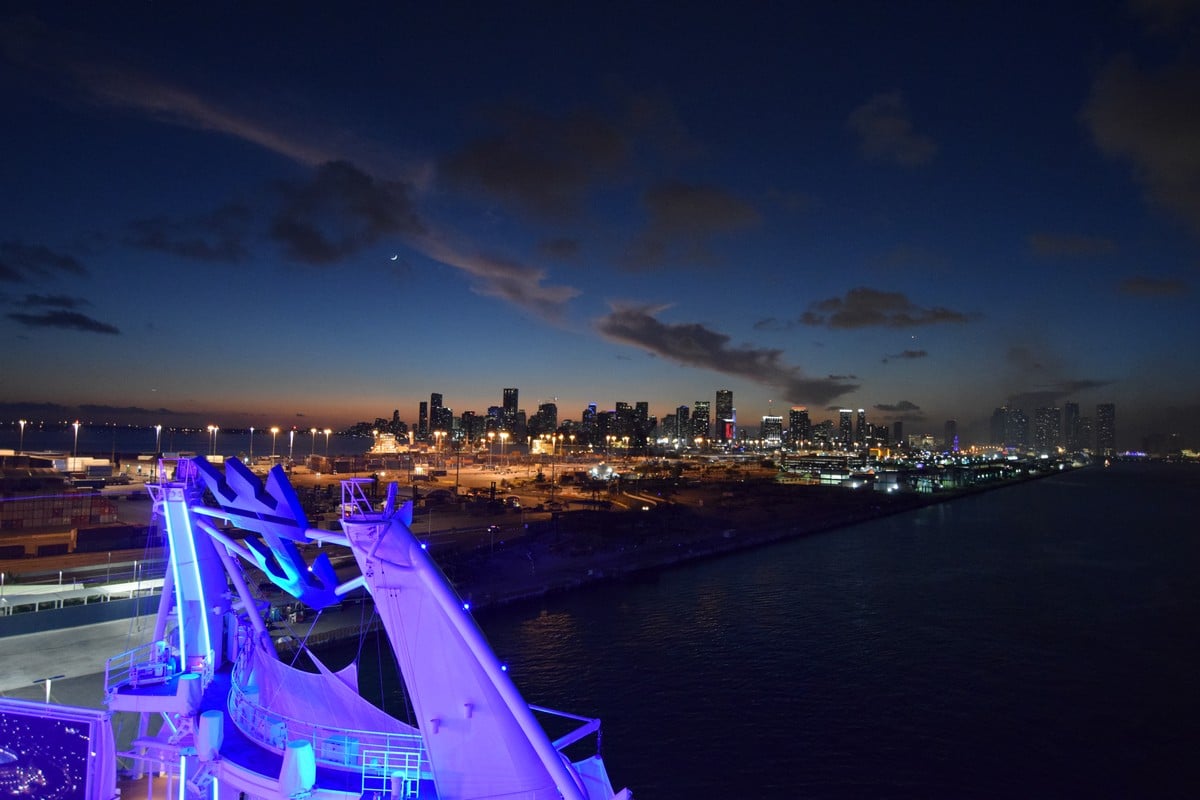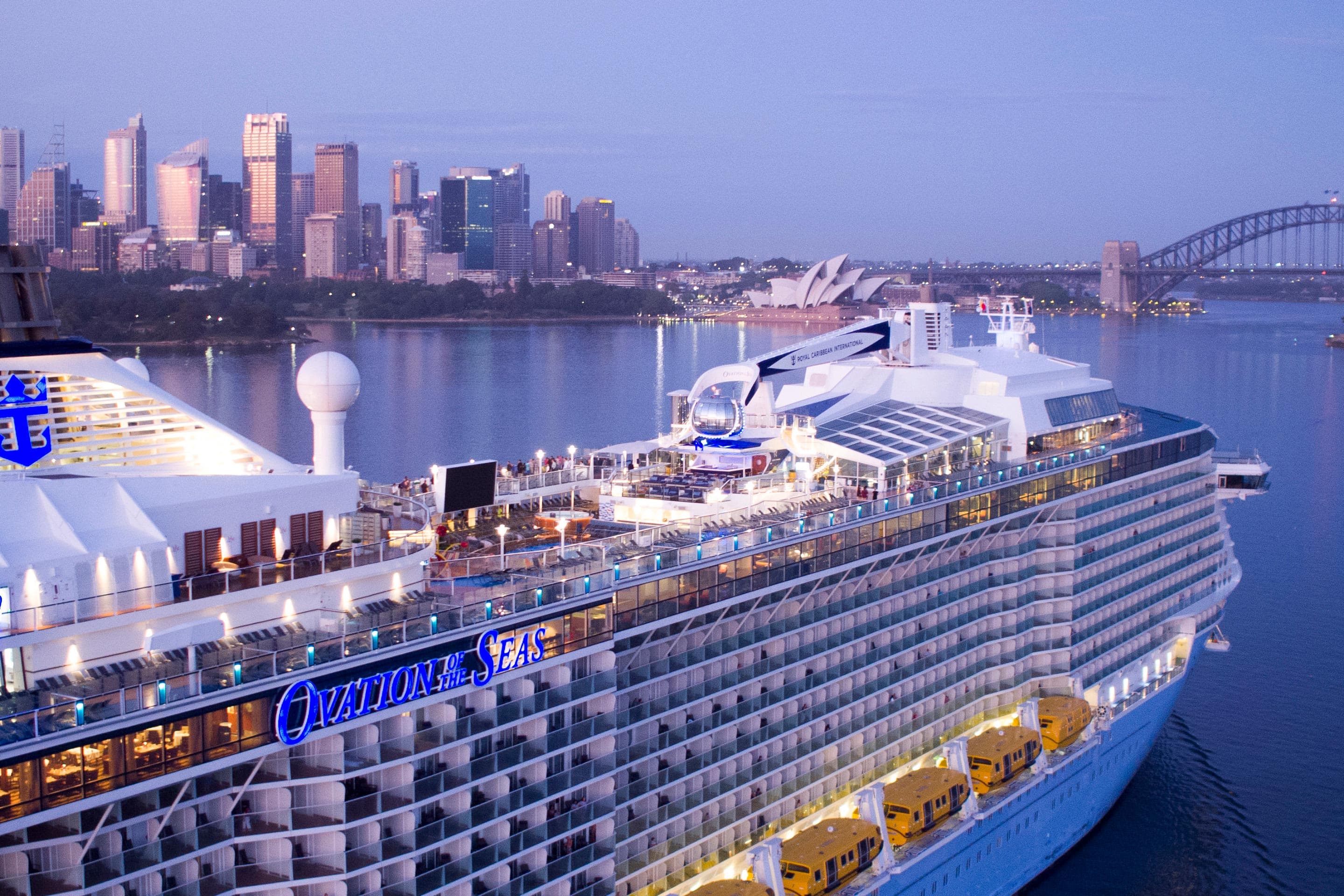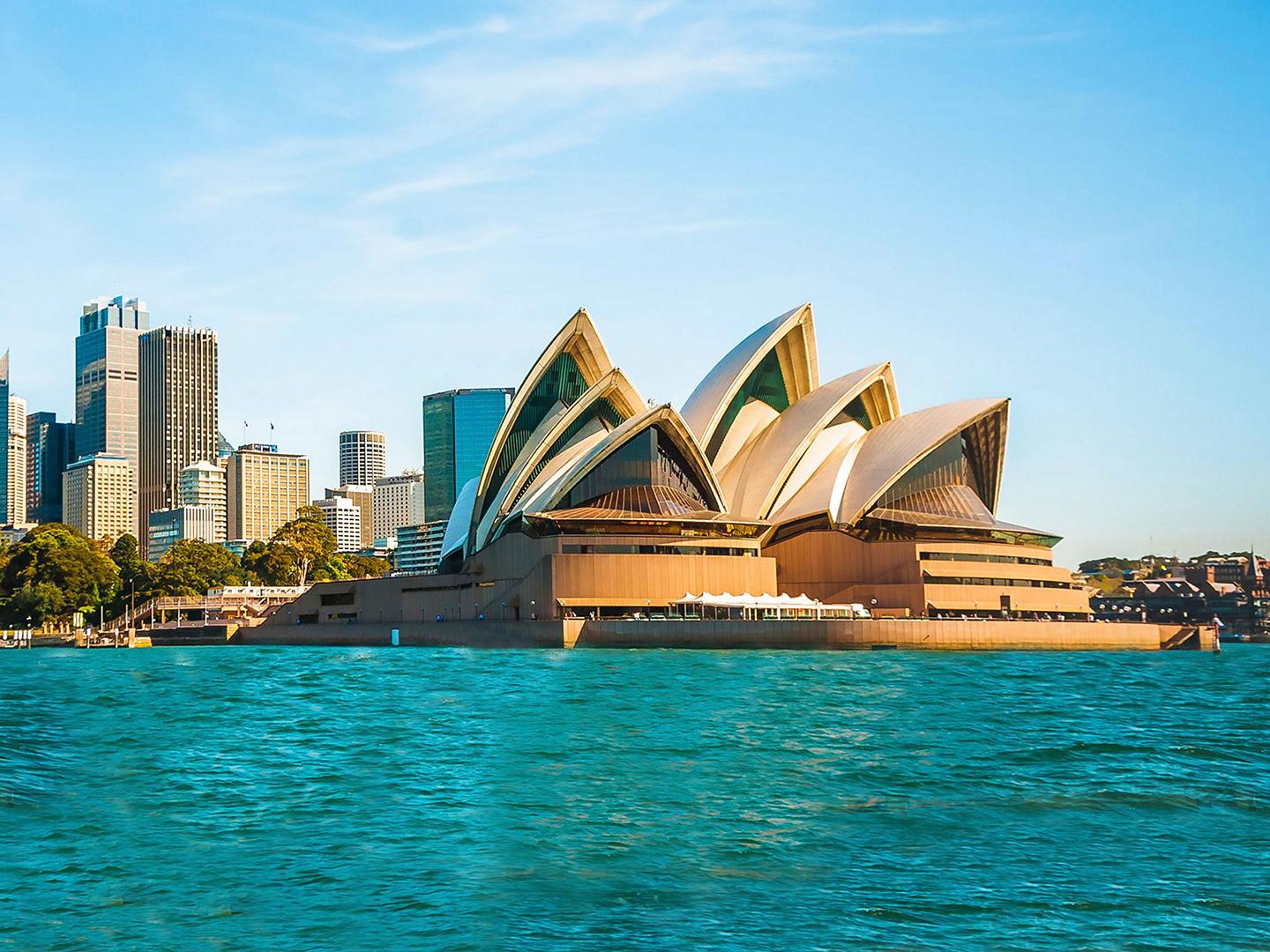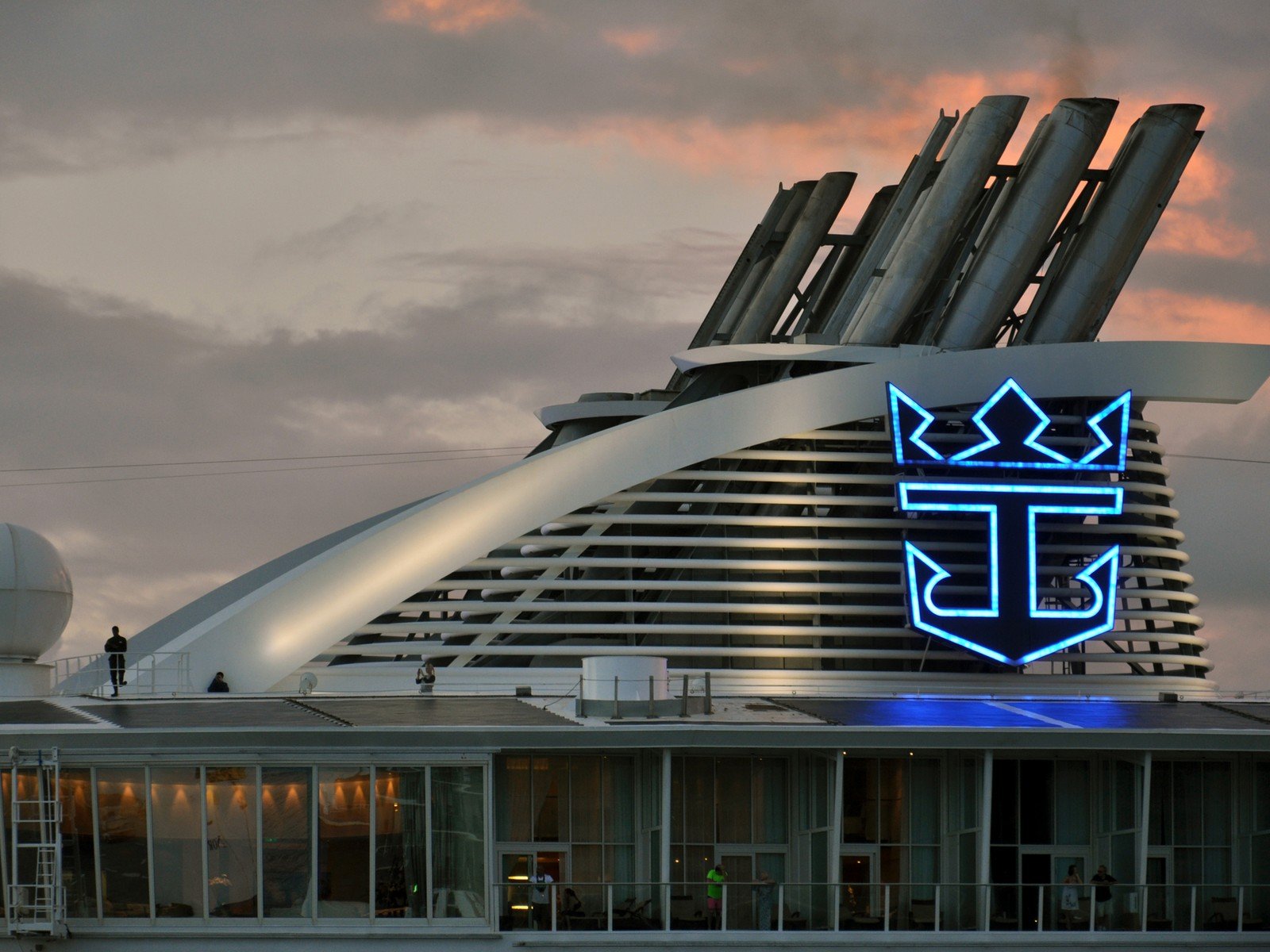Royal Caribbean Group has submitted its new comprehensive list of new health protocols and policy changes to the CDC that it will implement on its cruise ships in order to restart cruises.
The Healthy Sail Panel announced on Monday 74 detailed steps that it believes will protect guests, crew members and the places cruise ships visit from the spread of COVID-19.

The list of protocols is 65 pages long that include testing, the use of face coverings, and enhanced sanitation procedures on ships and in terminals.
Royal Caribbean Group Chairman Richard Fain said Royal Caribbean will use the Panel’s recommendations to inform the development of new, detailed operating protocols, which will be submitted to the CDC and other authorities around the globe for review and approval.
Here is a breakdown of the changes that are either going to be implemented in the short term and discontinued over time, or kept for the foreseeable future.
Blue = Temporary Change that could be modified or removed later.
Green = Change intended to be kept over time.
Testing
1. All crew should be tested for SARS-CoV-2 between 5 days and 24 hours prior to leaving their home location to join the ship and receive a negative result, quarantine for seven days on board the ship upon arrival, and take a test at the end of that seven-day period and receive a negative result, before beginning their duties.
2. Cruise operators should implement a crew surveillance program, including periodic testing for SARS-CoV-2, to provide a reasonable level of assurance that the virus is not circulating among crew.
3. Other employees and ancillary staff (e.g., luggage porters and transportation providers) should undergo daily symptom screening but do not need to be regularly tested like crew or guests.
4. All guests joining a ship, regardless of method of travel to the ship, should be tested for SARS-CoV-2 between 5 days and 24 hours before boarding and receive a negative result that is shared with the cruise operator, before coming on board.
Health Screening
5. At embarkation, all guests and crew boarding the ship should undergo health screening to identify any symptoms consistent with COVID-19 (or other infectious diseases) and any contact with individuals suspected or confirmed to have a SARS-CoV-2 infection prior to the cruise.
6. All individuals should have their temperature taken via contactless device as part of the boarding process.
7. Any individual who discloses symptoms of possible SARS-CoV-2 infection or close contact with an individual with suspected infection, or who displays a temperature of 100.4 degrees or above, should undergo secondary screening by medical personnel to determine whether they may board the ship or whether they will be denied boarding.
Denial of Boarding
8. Cruise operators should not allow an individual to sail if they do not affirmatively state their willingness to comply with current safety and public health protocols.
9. Individuals who have received a positive SARS-CoV-2 test or who have in the last 14 days been in close contact with an individual with confirmed infection should not be permitted to board the ship.
Policy on Guests at Increased Risk of Severe Illness
10. Cruise operators should rely on CDC guidelines to determine who is at an increased risk of severe illness and who may be at an increased risk of severe illness.
11. Cruise operators should recommend that guests who are or may be at increased risk of severe illness consult with their health care provider before traveling.
Guest Information & Education
12. In addition to the information typically communicated at booking, guests should be provided sufficient information on SARS-CoV-2 to assess their individual risk, to fully understand the safety precautions being taken by the cruise line to address SARS-CoV-2, and to agree to comply with the necessary safety protocols while traveling.
Onboard Symptom Tracking and Monitoring
13. Cruise operators should conduct once-daily temperature checks for guests and crew on board.
14. Cruise operators should employ routine symptom screening methodologies to help ensure that potential SARS-CoV-2 infections are identified as quickly as possible.
15. Cruise operators should ensure education efforts are in place to help guests understand the importance of reporting symptoms and potential repercussions of failure to report symptoms.
Personal Protective Equipment (PPE) Usage
16. To prevent the spread of SARS-CoV-2, cruise operators should require guests and crew to wear cloth face coverings/face masks in accordance with CDC recommendations.
17. Crew members with prolonged contact (i.e., contact that may result in exposure by CDC’s definition) with guests on board the ship should be required to utilize complementary PPE, in addition to wearing a face mask/face covering.
Capacity Restrictions
18. When returning to sailing, cruise operators should adjust guest and crew load factors in a manner that allows for appropriate physical distancing on board in accordance with applicable guidance, taking into consideration the size and design of each ship.
General Distancing Guidelines
19. Cruise operators’ facilities on board the ship, at terminals, and at cruise line-owned and operated destinations should be modified to promote and facilitate physical distancing in accordance with the CDC recommendation of a distance of at least six feet.
20. Abundant signage and floor markers should be utilized to communicate physical distancing requirements in the terminal, at cruise line-owned destinations, and on board the ship, with a particular emphasis on high-traffic areas (e.g., gangways, elevators, ship common areas).
Terminal, Boarding, Debarkation Controls
21. Cruise operators should utilize processes and protocols for touchless check-in and speedier boarding to reduce contact and potential congestion in the terminal.
Sanitation
22. Cruise operators should educate guests in advance of travel about the sanitation measures that are being used preboard, on board, and at private, cruise line-owned and operated destinations.
23. Enhanced sanitation protocols should be employed to protect against the risk of SARSCoV-2 transmission via inanimate surfaces or objects, with attention to both high- and low-touch areas of the ship, terminal, and cruise line-owned and operated destinations.
24. Cruise operators should ensure that all disinfectants used for cleaning and disinfection are on the EPA’s List N: Disinfectants for Use Against SARS-CoV-2 or national equivalent for terminals located outside the U.S., which must also comply with local government regulations.
Hand Hygiene
25. Cruise operators should follow CDC recommendations regarding the use of hand sanitizers and hand washing with soap and water to craft their recommendations for guests.
26. Cruise operators should ensure that hand sanitizer stations, wipes, or hand washing stations are conveniently placed around the ship for guests’ and crew members’ usage.
27. Cruise operators should ensure that crew members are thoroughly trained on all aspects of infection control with emphasis on proper hand hygiene techniques.
28. In addition to providing hand sanitizer and hand washing stations on board, cruise operators should encourage hand washing or use of hand sanitizer before and after guests participate in recreational activities.
Ventilation, HVAC, Filtration Controls
29. Transmission of SARS-CoV-2 through the air is sufficiently likely that airborne exposure to the virus should be controlled for.
30. Cruise operators should use a variety of indoor air management strategies aimed at reducing occupant exposure to infectious droplets/aerosols.
31. All cruise operators should upgrade the HVAC systems on their ships to, ideally, MERV 13 filters to minimize pathogen dispersal from infected guests and crew.
32. Cruise operators’ indoor air management strategies should be optimized given the constraints of ship age and ventilation type.
33. When considering air management strategies, cruise operators should have a primary focus on reducing exposures in the core set of areas where guests and crew would be most vulnerable to droplet/airborne exposure to virus.
Medical Personnel
34. As a part of augmenting onboard medical capacity to ensure preparedness for potential COVID-19 cases, cruise operators should increase their existing ratios of medical personnel to guests and crew.
35. Cruise operators should ensure redundancy and back-up for onboard medical personnel.
36. Cruise operators should ensure there is sufficient onboard medical leadership on all ships, including the designation of a crew member with responsibility for infectious disease prevention and response who will inform and oversee execution of components of the response to an outbreak. Cruise operators should also ensure they have a doctor on board with intensivist training to manage the medical care of severely ill patients.
Onboard Clinic Design & Operations
37. Cruise operators should increase the capacity in their onboard medical facilities to treat patients who may become critically ill from SARS-CoV-2 infection or other unrelated illnesses.
38. Cruise operators should amplify the varieties and amount of equipment in the onboard medical facilities, including the ability to test for SARS-CoV-2 infection on board.
39. Cruise ship facilities should be arranged to accommodate care for patients presenting with suspected infectious disease separately from care for those presenting with noninfectious diseases.
40. Rather than a patient having an in-person appointment at the medical facility to receive a diagnosis or care, medical appointments should be scheduled virtually/remotely and/or medical staff members should hold appointments in the patient’s stateroom when possible.
Treatment Plan
41. A cruise line’s medical treatment plan should be responsive to the current understanding of COVID-19 and optimal treatment protocols, as well as to the specific clinical needs of each patient.
42. Cruise operators should have established relationships with onshore medical institutions that can provide telemedicine consultations in the event of a more serious COVID-19 case.
Contact Tracing
43. Cruise operators should use CDC guidance as a general guide regarding exposure (< 6 feet for ≥ 15 minutes), pending updates based on emerging scientific evidence.
44. Cruise operators should define high-, medium-, and low-risk exposures such that recommendations for each exposure level can be efficiently operationalized
45. Cruise operators should employ a variety of contact tracing methodologies to ensure that all potential SARS-CoV-2 infections are identified as quickly as possible.
46. Cruise operators should collect metrics on the effectiveness of contact tracing.
47. Cruise operators should be transparent in their communication with guests about what information is being collected and how it will be used for contact tracing
Isolation/Quarantine
48. Cruise operators should designate certain cabins on the ship as isolation and quarantine spaces.
49. Cruise operators should provide guidelines for the determination of whether, when, and where an individual should be isolated or quarantined based on their exposure risk, symptoms, etc.
Debarkation Scenarios
50. Cruise operators should have a thorough mobilization response plan in place prior to sailing to address the various scenarios that may require individuals with confirmed SARS-CoV-2 infection (guests or crew), and their close contacts, to debark from the ship.
51. Cruise operators should define the criteria for small-, moderate-, and large-scale debarkation scenarios in advance of cruising, including a clear decision-making process to guide thinking about when the threshold has been met for each risk level.
52. Cruise operators should establish offsite incident management with designated medical professionals’ advice to respond rapidly and to aid in decision-making.
53. In any debarkation scenario, individuals with confirmed SARS-CoV-2 infection, close contacts, and persons under investigation should be kept separate from any healthy individuals (i.e., those not identified through contact tracing or those who have tested negative).
54. Cruise operators should establish a communications plan, and assign a communications lead in advance, to share timely, relevant information with crew and guests on board the ship in the event of a SARS-CoV-2 infection during or after the cruise. Additionally, cruise operators should have systems in place to coordinate information about SARS-CoV-2 infections to relevant health authorities.
Destination & Itinerary Planning
55. There are two essential prerequisites that need to be satisfied in order for a ship to sail to a given port:
- Approval from the local government to visit a port
- Agreement to allow safe passage to SARS-CoV-2-infected individuals and their close contacts to debark and travel home.
56.Cruise operators should rely primarily on three key parameters when determining whether to travel to a given port:
- Current burden of SARS CoV-2 as defined by testing rate, positivity rate, and death rate.
- Local testing capacity.
- Local/regional/national implementation of SARS CoV-2 mitigation protocols.
57. In the startup phase, cruises itineraries should be as simple as possible, utilizing private, cruise line-owned and operated destinations or ports where there can be tight control of the onshore experience.
58. Cruise operators should initially return to service with shorter length trips.
Guest Excursions
59. During the initial return to sailing, cruise operators should only allow guests debarking from a ship at a destination port to participate in cruise line-sponsored or verified excursions as a way of limiting potential exposures in the destinations they visit.
60. Cruise operators should establish expectations of the vendors at the destinations they visit to ensure that they are taking recommended steps to reduce the transmission of SARS-CoV-2
61. Cruise operators should incorporate verification of compliance with SARS-CoV-2 protocols into their routine ongoing monitoring guidelines for excursion vendors.
62. Cruise operators should ensure that guests are thoroughly informed about potential exposure risks and how to minimize their risk of contracting SARS-CoV-2 at the planned destination.
63. Cruise operators should offer indoor excursions only if physical distancing, use of masks, and other recommended protective measures can be implemented.
Prevention (Crew)
64. Cruise operators should manage the population density of crew areas of the ship
65. Cruise operators should provide opportunities for crew to debark from the ship at destinations while maintaining reasonable limitations on their movement to reduce risk of exposure to SARS-CoV-2.
66. Crew should be placed in single-occupancy crew cabins whenever possible to minimize extended periods of close contact with other crew members.
67. Cruise operators should limit crew members’ close contact with guests over extended periods of time wherever possible. When distancing isn’t possible, crew should be provided with additional PPE appropriate to their job type.
68. Cruise operators should include crew in the surveillance, contact tracing, quarantine, isolation, and debarkation protocols that will be employed in the event that a SARS-CoV2 infection is discovered on board.
Training & Culture
69. Crew should be provided with regular training on protocols to reduce transmission of SARS-CoV-2 and empowered to take action to ensure these protocols are followed by guests and fellow crew members.
70. Cruise operators should reinforce a culture of honesty and collective responsibility among crew for following protocols and creating a safer environment.
Validation of Implementation
71. Cruise operators should have measures and metrics in place to perform continual self assessment of compliance with all updated health and safety protocols as well as methods for third-party verification of compliance.
72. Cruise operators should perform an “after-action review” following a cruise on which a SARS-CoV-2 infection was detected to assess gaps and make improvements prior to the next trip.
The Path Forward
73. In their return to sailing, cruise operators should use a phased approach to demonstrate that protocols can be successfully implemented on board their ships before returning to full operations with guests on board.
74.Cruise operators should implement a formal process to review health and safety experiences related to COVID-19 on cruises to enhance best practices and shared learnings for continuous improvement.
